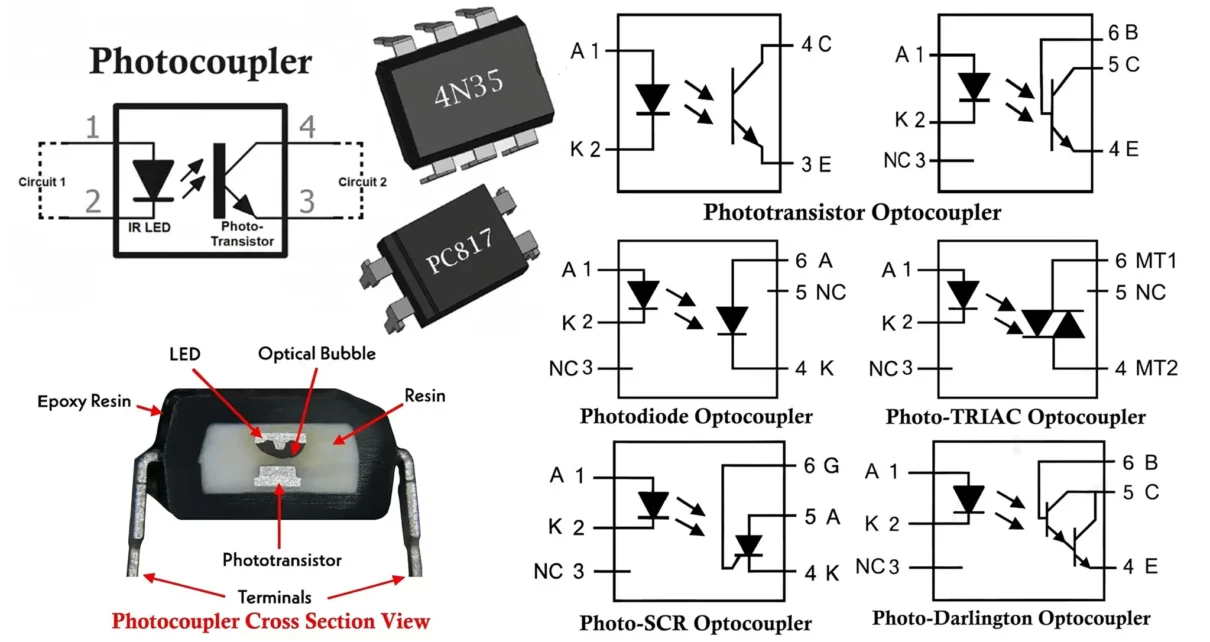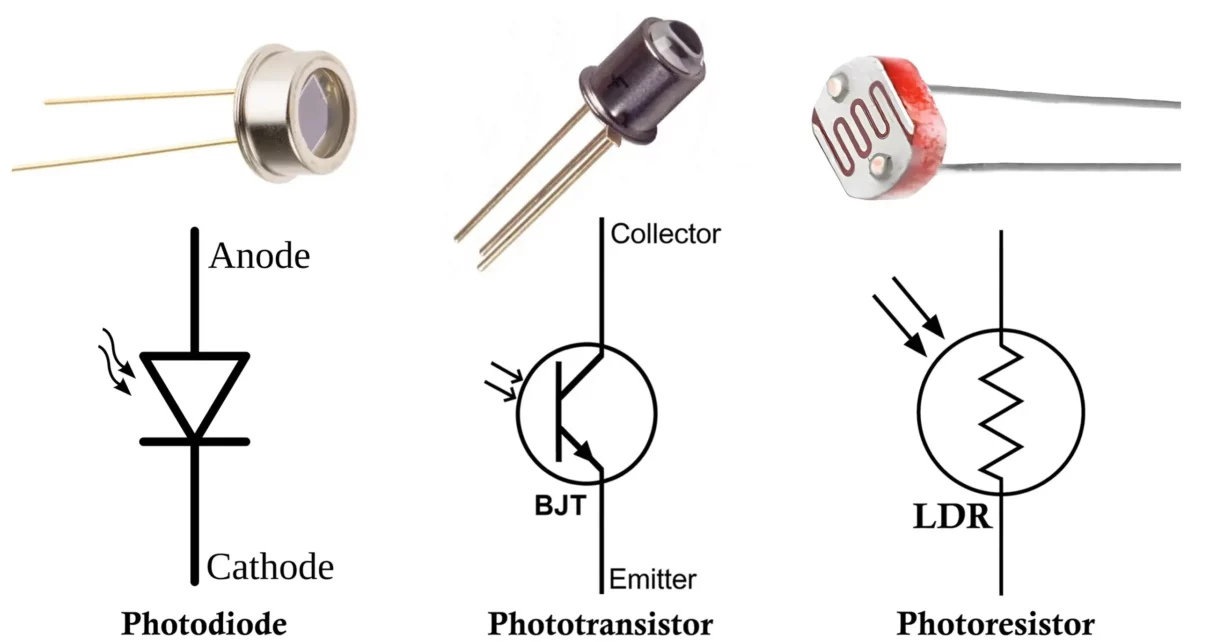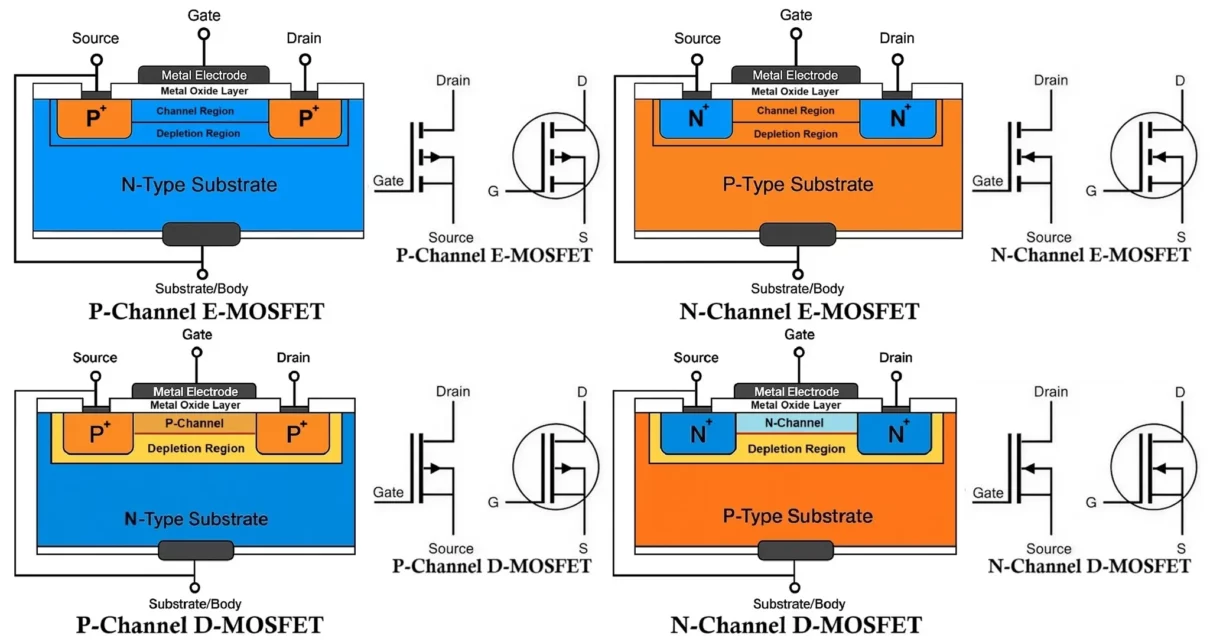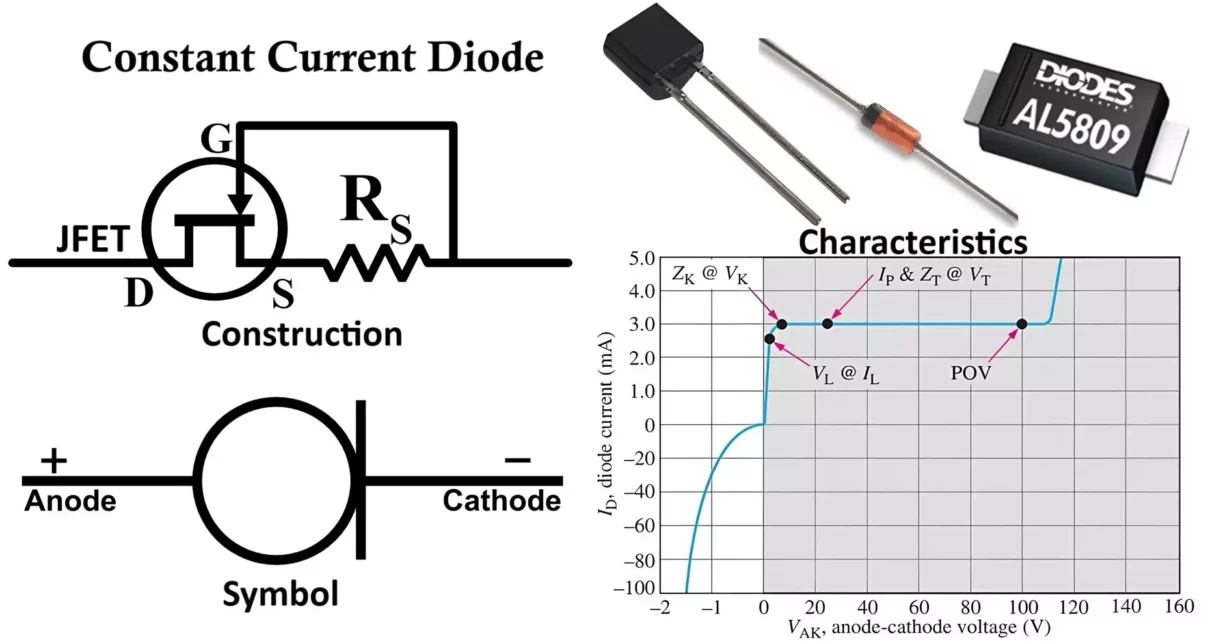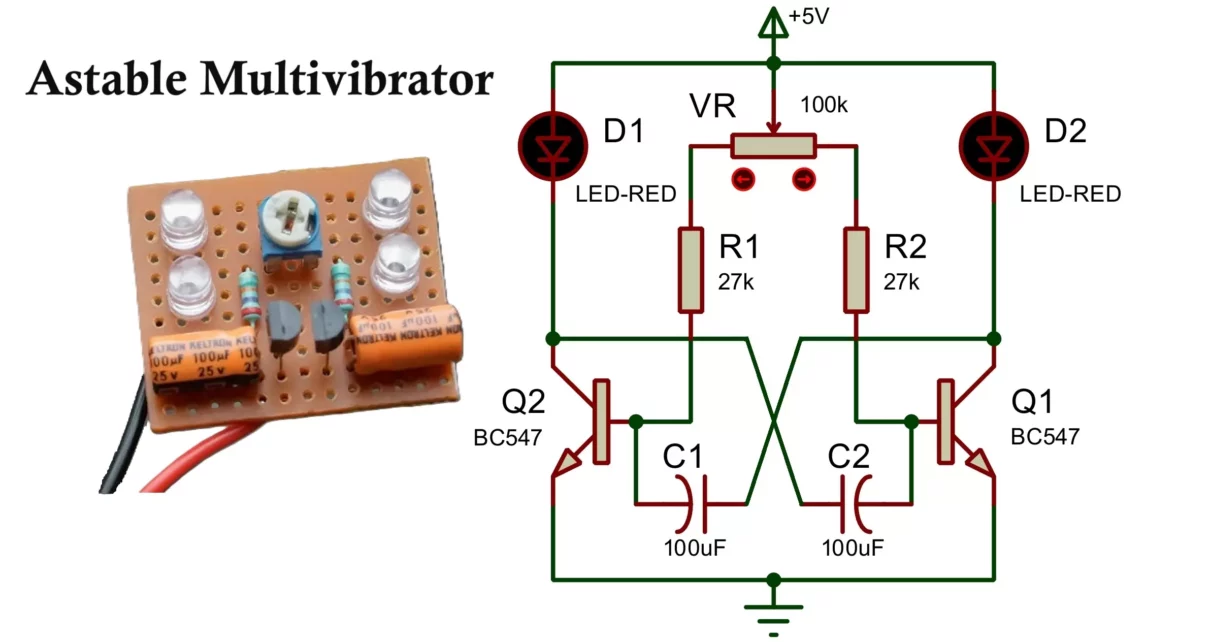In modern electronics, signal isolation between different parts of a circuit is crucial for protection, noise reduction, and system stability. Optocouplers, also known as optoisolators, play a vital role in achieving this electrical isolation while allowing signal transmission. This article provides a thorough exploration of optocouplers (Optoisolator / Photocoupler), including their construction, working principles, advantages, […]
Transistors
Difference Between Photodiode, Phototransistor and Photoresistor
In the field of electronics and optoelectronics, light-sensitive devices play a crucial role in converting light signals into electrical signals. Among the most widely used light sensors are the Photodiode, Phototransistor, and Photoresistor (also known as Light Dependent Resistor or LDR). Though they all respond to light, their construction, working principles, advantages, disadvantages, and applications […]
Difference Between D-MOSFET and E-MOSFET Explained
This article is on MOSFETs (Metal-Oxide-Semiconductor Field-Effect Transistor), covering the difference between D-MOSFET and E-MOSFETs with construction, working, advantages, disadvantages, and applications. MOSFETs are the most common types of Field Effect Transistors (FETs) in Modern electronics. It functions as a voltage-controlled device and delivers high input impedance along with fast switching speed. MOSFETs are the […]
Phototransistor – Construction, Working, Types and Applications
A phototransistor is a semiconductor device that combines the properties of a photodiode and a transistor. It is sensitive to light and provides amplified electrical output based on the light intensity incident on its base region. Phototransistors play a vital role in optoelectronic applications such as light sensing, encoders, switches, and signal transmission, owing to […]
Constant Current Diode Symbol, Construction, Working & Applications
Constant Current Diode (CCD) (also known as Current Regulator Diodes, or simply CRDs) are unique semiconductor devices designed to maintain a constant current over a wide range of voltages. They are extremely useful in circuits where a stable and predictable current is crucial, regardless of voltage variations. In this article, we will cover the Symbol, […]
Astable Multivibrator Circuit Diagram, Working and Applications
An Astable Multivibrator is an essential oscillator circuit in electronics, used to generate continuous square wave signals without any external triggering. It is called “astable” because it has no stable state — both transistors in the circuit keep switching ON and OFF alternately, producing a continuous flip-flop output. In this article, we will explore a […]
